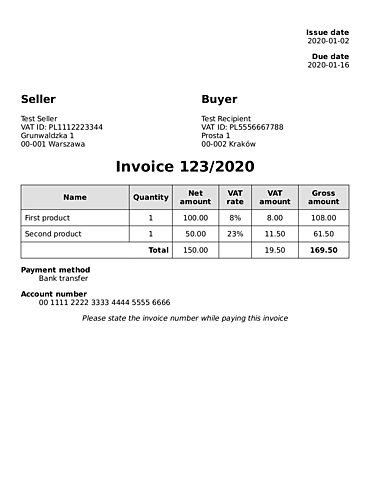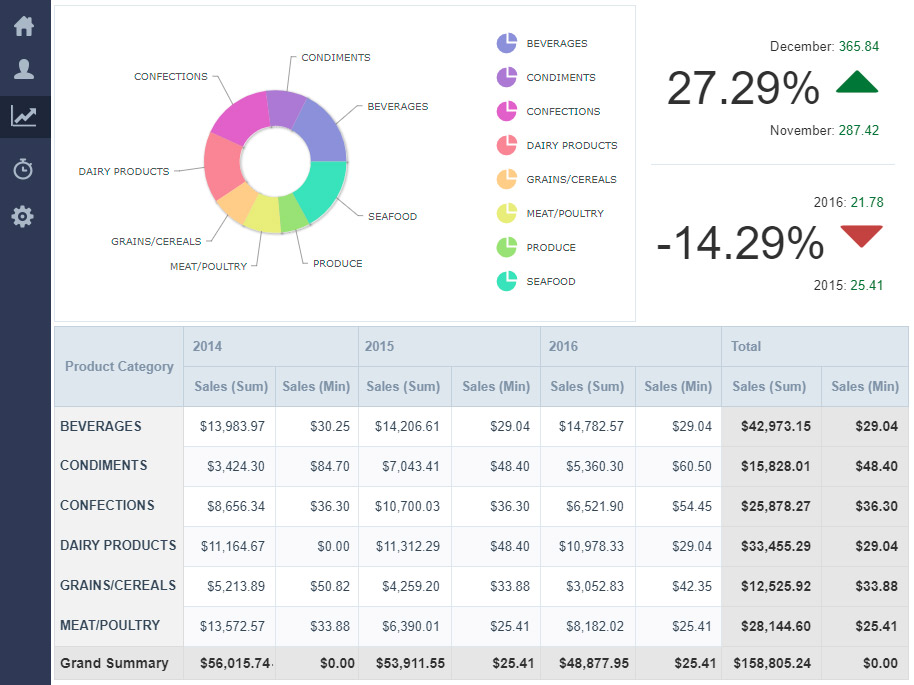

- #PHP MAKER MORE PAGES FOR A TABLE INSTALL#
- #PHP MAKER MORE PAGES FOR A TABLE CODE#
- #PHP MAKER MORE PAGES FOR A TABLE DOWNLOAD#
$NAME and $NaMe are both treated as different variables: " In the example below, only the first statement is valid and will display the value of the $name variable. However, all variable names are case sensitive. In the example below, all three echo statements are valid: " ĮcHo "Enjoy all of the ad-free articles" The output of that would be: Developer NewsĪll keywords, classes, and functions are NOT case sensitive. Here's a simple script that uses the built-in echo function to output the text "The Best PHP Examples" to the page: Also, PHP statements end with a semicolon ( ). PHP scripts can be placed anywhere in a document, and always start with. A lot of them follow the MVC (Model-View-Controller) pattern so that it separates the presentation layer from logic.Most frameworks tend the follow the best practices of the language.They are usually well-structured so that it helps in the separation of concerns.You don't have to reinvent the wheel every time you create a project, a lot of the nuances are already taken care for you.The advantage of using a framework is that
#PHP MAKER MORE PAGES FOR A TABLE CODE#
Since writing the whole code for a website is not really practical/feasible for most projects, most developers tend to use frameworks for the web development. XAMPP (free and open-source cross-platform web server solution stack package) or similar packages like WAMP PHP Frameworks
#PHP MAKER MORE PAGES FOR A TABLE INSTALL#
Or you can also install PHP, MySQL & Web-server all by installing For installing Apache Web Server : sudo apt install apache2 libapache2-mod-php You can also install a localhost server to run PHP websites. On Centos 6 or 7 you can install by : sudo yum install phpĪfter installing you can run any PHP files by simply doing this in terminal : php file.php On Debian based GNU/Linux distros, you can install by : sudo apt install php PHP can be installed with or without a web server. PHP code is enclosed between the tags and can then be embedded into HTML. Skipping the compilation step makes the development process much faster. This means that when you make changes to your source code you can immediately test these changes, without first needing to compile your source code into binary form. For this reason, you cannot see the PHP code of a website, only the resulting HTML that the PHP scripts have produced. The web server then sends the processed HTML back to you (which is where 'Hypertext Preprocessor' in the name comes from), and your web browser displays the results. Instead, the form data or request for the web page gets sent to a web server to be processed by the PHP scripts. For example, if you complete a form on a website and submit it, or click a link to a web page written in PHP, no actual PHP code runs on your computer. The largest Social Networking Platform, Facebook is written using PHP How does PHP work?Īll PHP code is executed on a web server only, not on your local computer.

#PHP MAKER MORE PAGES FOR A TABLE DOWNLOAD#
Procedural Object Oriented PDO Download connect_error)


 0 kommentar(er)
0 kommentar(er)
